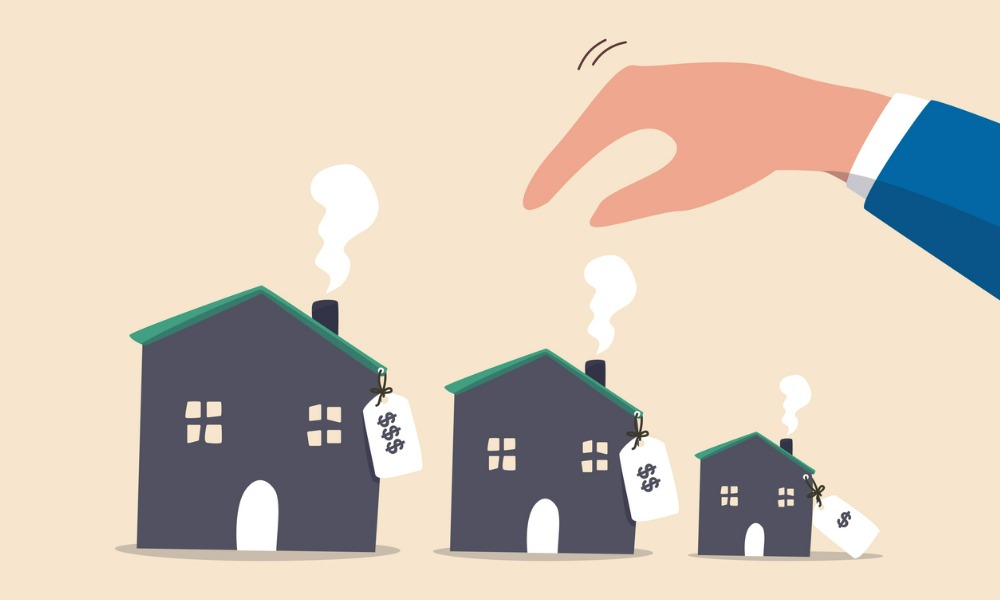Multiple rate rises have left many borrowers unable to meet a serviceability test

Skyrocketing interest rates and falling property prices will land about half a million households in “mortgage prison,” unable to refinance to cheaper loans, according to the Reserve Bank of Australia.
Documents released under Freedom of Information laws showed that in an even grimmer “downside” scenario modelled by the RBA, up to one in three of more than 3 million mortgaged homeowners could be trapped in uncompetitive loans if rates climbed to 4.6% and property prices fell another 20%, The Australian reported.
As lenders battled to attract and retain customers, a record $19.3 billion in loans was refinanced in November, according to the Australian Bureau of Statistics. Refinancing remained high in January at $18.6 billion.
The RBA has hiked rates 10 consecutive times since May 2022, pushing the cash rate from a record-low 0.1% to its current level of 3.6%. A significant portion of borrowers – especially those who have rolled off low fixed rates – have seen 40% spikes in their repayments, The Australian reported.
The central bank’s analysis – which was provided as part of briefing documents to RBA governor Phillip Lowe and deputy governor Michelle Bullock ahead of their appearance before parliamentary committees last week – indicates that rising rates and falling property prices will hinder many Australians’ attempts to refinance their mortgages.
The rate rises already enacted over the past 10 months meant 16% of borrowers would not be able to pass a serviceability test with a new lender if they tried to refinance, The Australian reported.
Read next: More Aussie homeowners taking action to cushion rates impact – AMP
As property prices have dropped, the loan-to-valuation ratios for some borrowers have risen above 80%, and the extra cost of having to refinance with lenders’ mortgage insurance would mean that refinancing “yielded little to no economic benefit,” the RBA report said.
Another 10% price drop from December levels would land another 6% of households in mortgage prison, bringing the total number of households unable to refinance in the RBA’s “baseline” scenario to 22%.
First-home buyers especially vulnerable
The analysis said that newer loans and first-home buyers were “most vulnerable to refinancing constraints.”
While 16% of all outstanding home loans in the RBA’s baseline scenario would fail a serviceability test, that share jumped to 20% for first-home buyers and new loans. In the downside scenario, in which rates rise to 4.6%, the proportion of first-home buyers and new loans that wouldn’t pass a serviceability test would be as high as 30%, The Australian reported.
In a speech on Monday, RBA assistant governor Chris Kent said that fewer than half the central bank’s rate hikes have been passed on to borrowers so far, pointing to a more-delayed-than-usual impact of monetary policy on economic activity.
“Since last May, the average outstanding mortgage rate across all loans has increased by around 110 basis points less than the cash rate,” Kent said. “More than half of this difference owes to the effect of fixed-rate mortgages that have’t yet rolled on to higher interest rates.”
Have something to say about this story? Let us know in the comments below.



